TPO - National Assembly delegate Truong Trong Nghia proposed to create a separate list for strategic minerals for management to ensure national security and sovereignty. Meanwhile, Minister Do Duc Duy said that the Government has directed the Ministry of Natural Resources and Environment to develop separate, specific policies and strategies to manage these minerals.
TPO - National Assembly delegate Truong Trong Nghia proposed to create a separate list for strategic minerals for management to ensure national security and sovereignty. Meanwhile, Minister Do Duc Duy said that the Government has directed the Ministry of Natural Resources and Environment to develop separate, specific policies and strategies to manage these minerals.
Minerals have a particularly important position.
On the afternoon of November 5, the National Assembly discussed in the hall a number of contents with different opinions in the draft Law on Geology and Minerals.
According to delegate Nguyen Tam Hung (Ba Ria - Vung Tau delegation), the draft law currently classifies minerals based on their uses and management purposes, but the classification criteria are not specific, which can easily lead to one type of mineral belonging to two different groups.
Delegate Hung said that this not only causes difficulties in management but also easily leads to chaotic exploitation and loss of resources. In particular, for minerals used as filling and construction materials, there are many special characteristics in terms of quality and uses, which need more specific regulations.
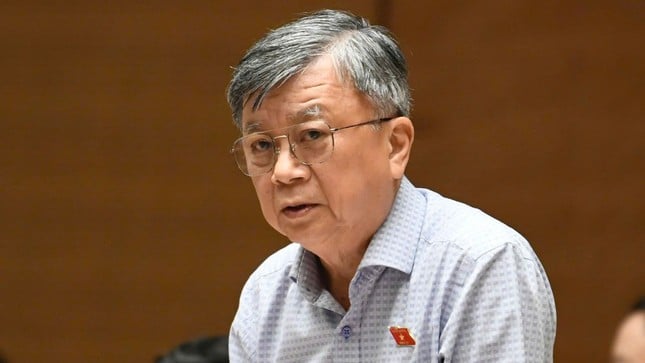 |
Delegate Truong Trong Nghia. Photo: Nhu Y. |
In a previous debate on this issue, delegate Truong Trong Nghia (HCMC delegation) said that he personally was not assured when the classification of minerals did not separate out strategically important minerals and minerals of especially important status.
Specifically, the draft law is classifying minerals into groups I, II, III, IV. In group I (metal and energy group), there are extremely important minerals with large reserves such as rare earth, tungsten, uranium, titanium, etc.
In addition, according to Mr. Nghia, Vietnam also has large reserves of combustible ice on the continental shelf that have not been listed. "These are very important minerals as we enter the digital age, semiconductor industry, aviation and military," Mr. Nghia noted.
However, the delegation of Ho Chi Minh City said that although these minerals are strategic, they are being "equated" with other minerals in group I.
"This could be a loophole when the explorers and exploiters we license have the right to transfer and they have the right to sue the state if there is a dispute," said Mr. Nghia.
“Capital transfer in the world, A transfers to B, then B transfers to C, then C transfers to D and all these B, C, D are abroad. In the end, it will be very difficult for us to know who really owns our exploration and exploitation projects. This can affect independence or sovereignty” - delegate Nghia worried.
From the above analysis, Mr. Truong Trong Nghia suggested that it is necessary to prescribe a separate list for important and especially important strategic minerals and assign the authority to grant exploration and exploitation licenses to the Prime Minister, instead of assigning it to the Ministry of Natural Resources and Environment and provincial People's Committees as it is now.
Authority belongs to the Prime Minister instead of being assigned to the ministry
Explaining and clarifying this issue, Minister of Natural Resources and Environment Do Duc Duy said that although they are in the same group as Group I minerals (metallic minerals), there are many types of minerals with strategic properties, roles or positions such as: rare earth, tungsten, titanium...
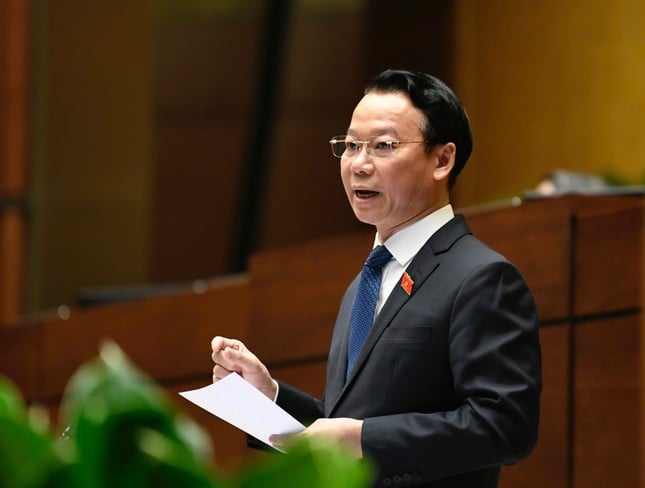 |
Minister of Natural Resources and Environment Do Duc Duy. Photo: Nhu Y. |
Or for group 4 minerals (construction materials, landfill), according to Mr. Duy, there needs to be a strict but simple management method in terms of administrative procedures and processes.
However, the Minister of Natural Resources and Environment said that it is very difficult to specify in detail in the law the list for each type of mineral. Therefore, the Government has proposed that in the law, the Government be assigned to specify the detailed classification.
According to Minister Do Duc Duy, the Government has directed the Ministry of Natural Resources and Environment to research and develop "separate, specific and strategic policies" to manage strategic minerals.
"There are still many issues that need to be thoroughly studied in practice, because minerals are a "delicious bait" that those who know how will exploit thoroughly, regardless of the consequences, as long as it benefits them," said delegate Pham Van Hoa at the discussion session on November 4.
Source: https://tienphong.vn/khoang-san-tam-chien-luoc-dang-bi-danh-dong-post1688870.tpo



![[Photo] President Luong Cuong and King Philippe of Belgium visit Thang Long Imperial Citadel](https://vstatic.vietnam.vn/vietnam/resource/IMAGE/2025/4/1/cb080a6652f84a1291edc3d2ee50f631)
![[Photo] Close-up of Vietnam's sniffer dog team searching for earthquake victims in Myanmar](https://vstatic.vietnam.vn/vietnam/resource/IMAGE/2025/4/1/d4949a0510ba40af93a15359b5450df2)
![[Photo] General Secretary To Lam receives King Philippe of Belgium](https://vstatic.vietnam.vn/vietnam/resource/IMAGE/2025/4/1/e5963137a0c9428dabb93bdb34b86d7c)

![[Photo] Prime Minister Pham Minh Chinh meets with King Philippe of Belgium](https://vstatic.vietnam.vn/vietnam/resource/IMAGE/2025/4/1/be2f9ad3b17843b9b8f8dee6f2d227e7)
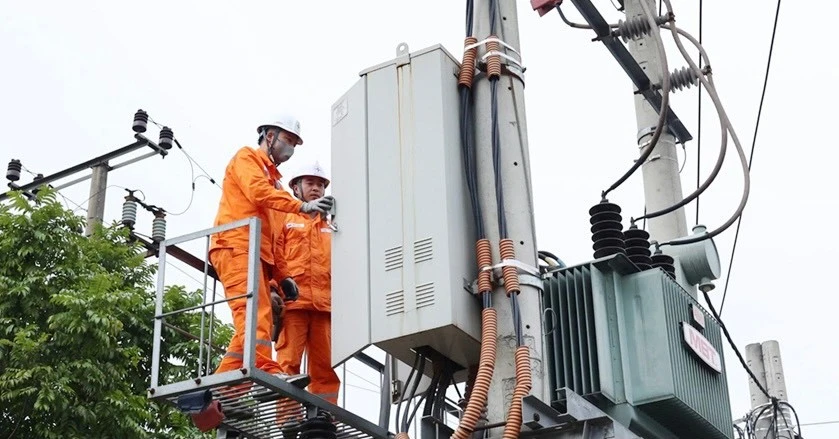



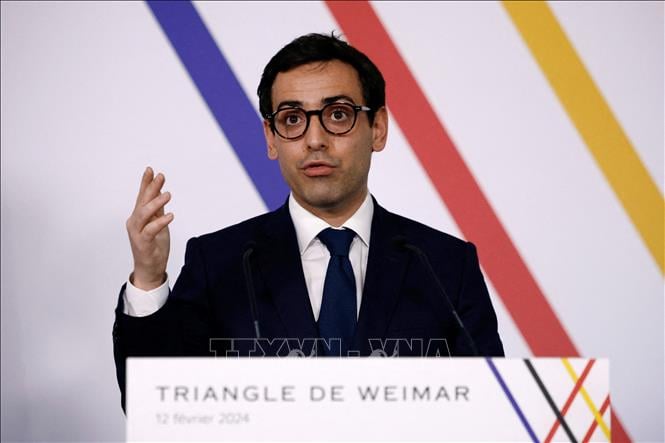



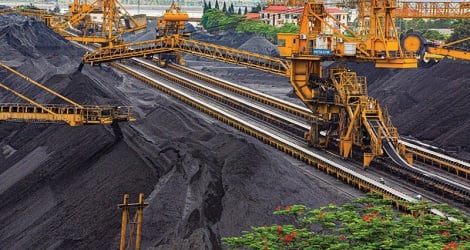

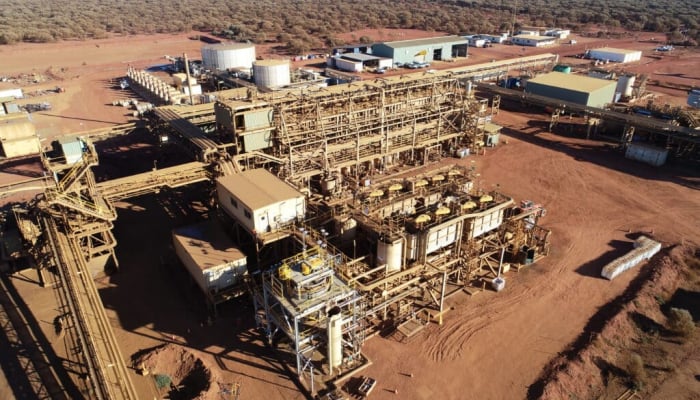


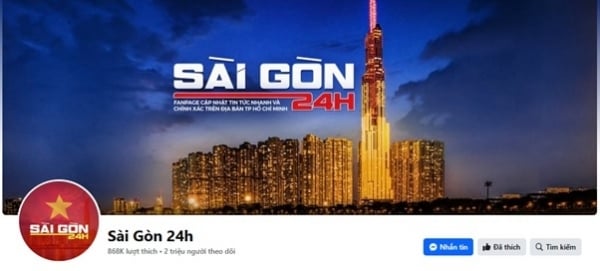
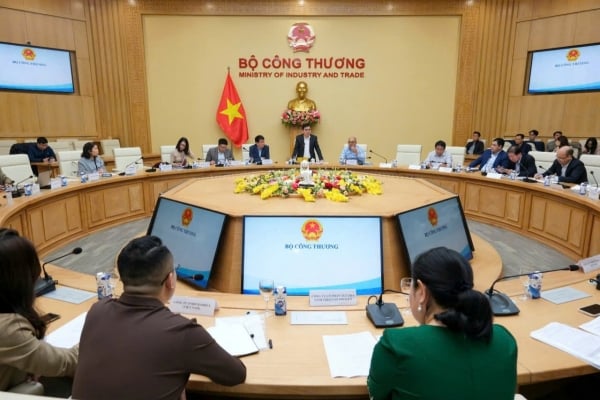


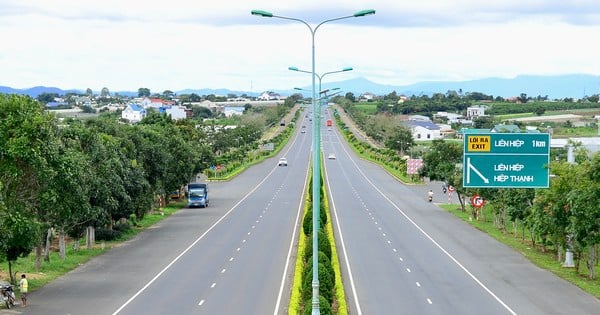




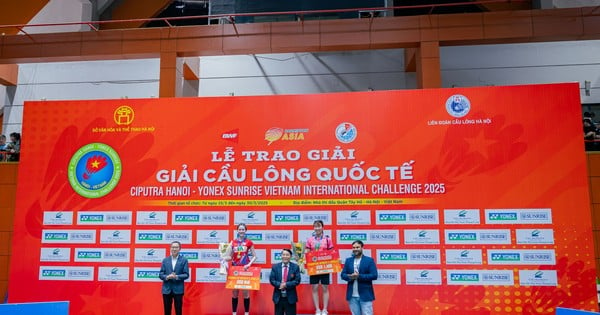



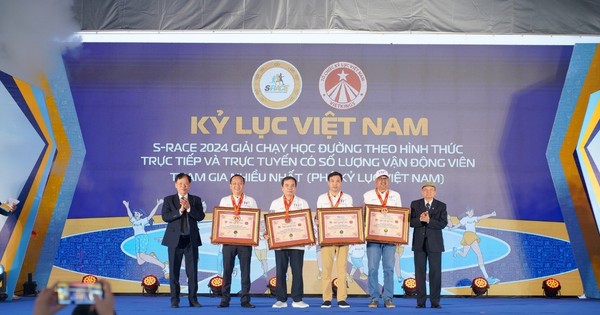

![[Photo] Myanmar's capital in disarray after the great earthquake](https://vstatic.vietnam.vn/vietnam/resource/IMAGE/2025/4/1/7719e43b61ba40f3ac17f5c3c1f03720)





























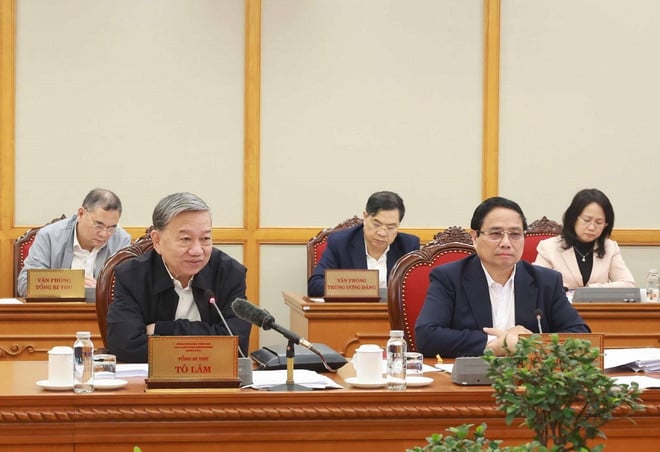


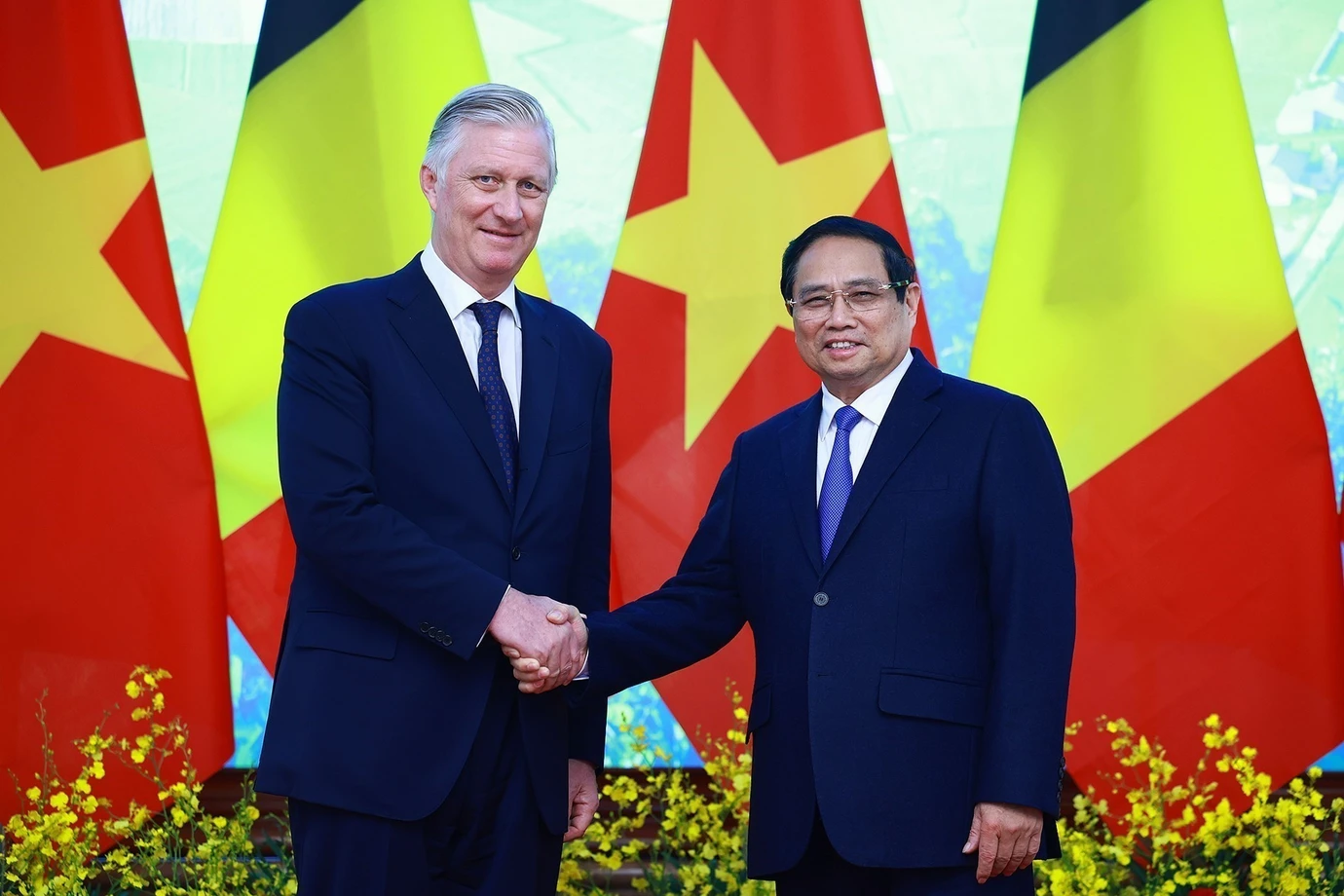











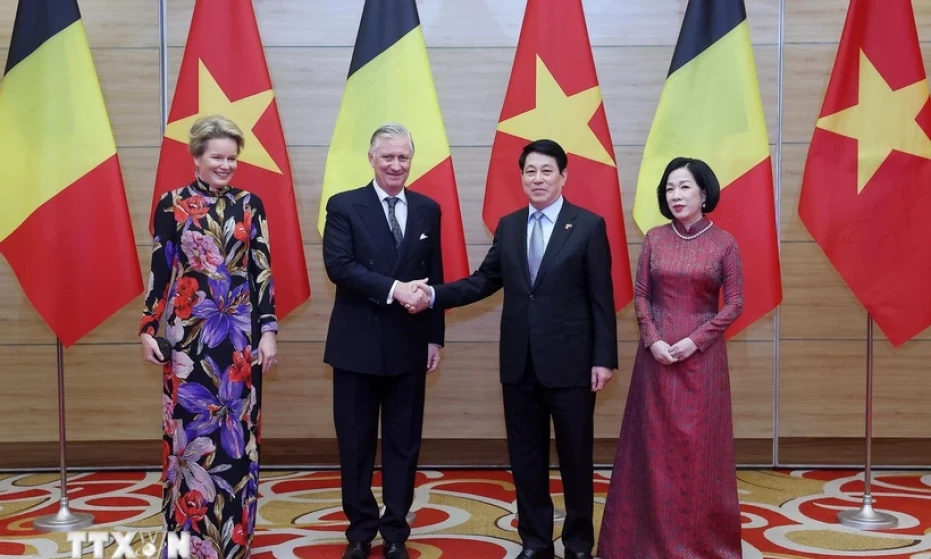



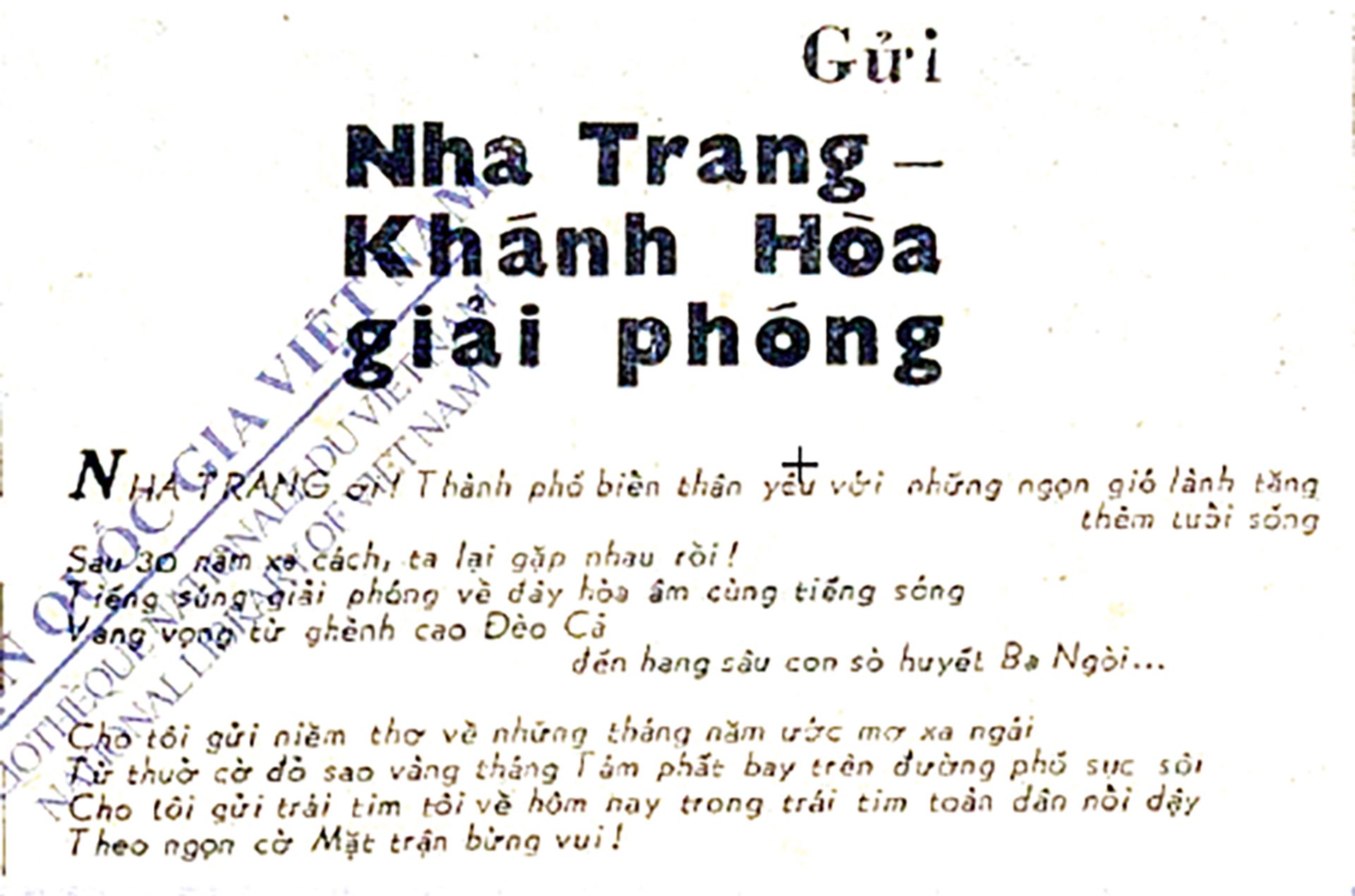













Comment (0)